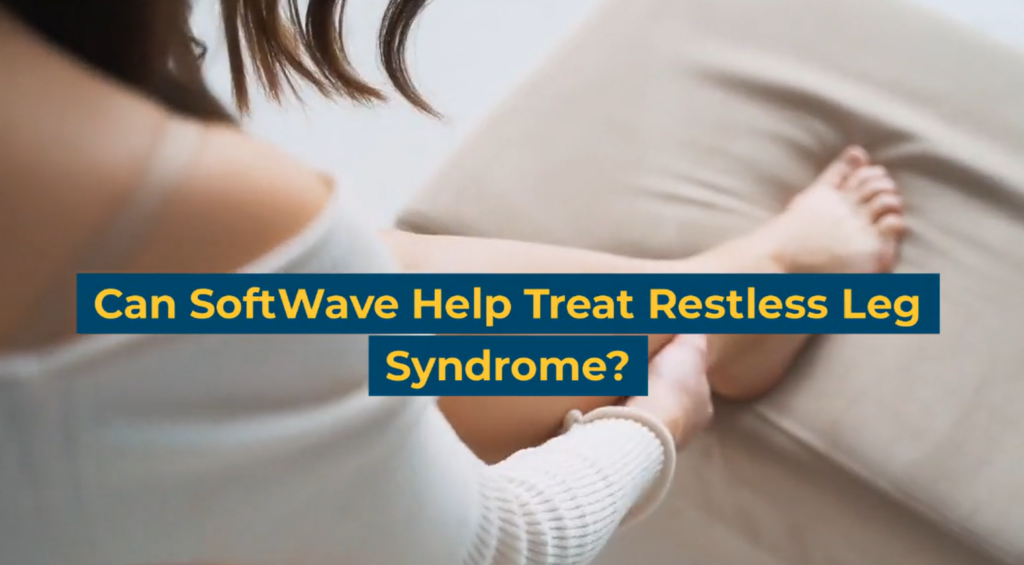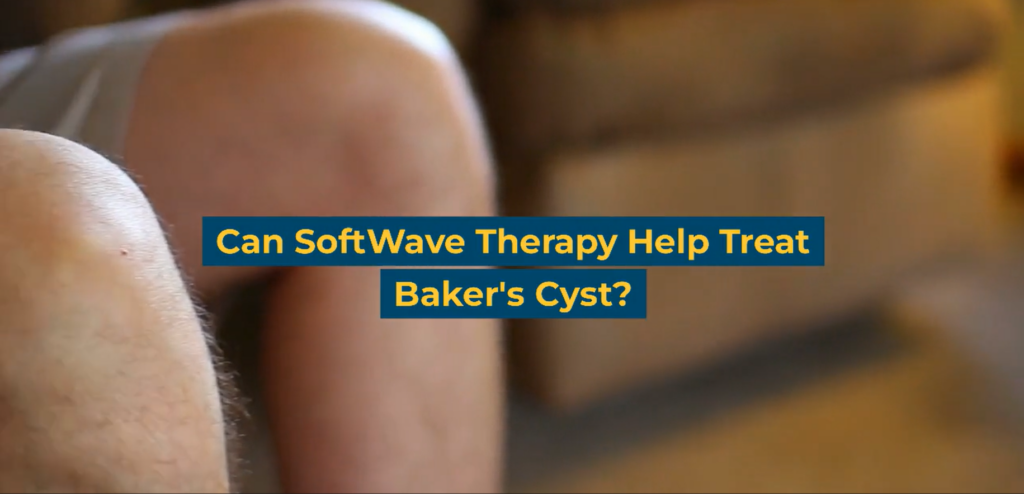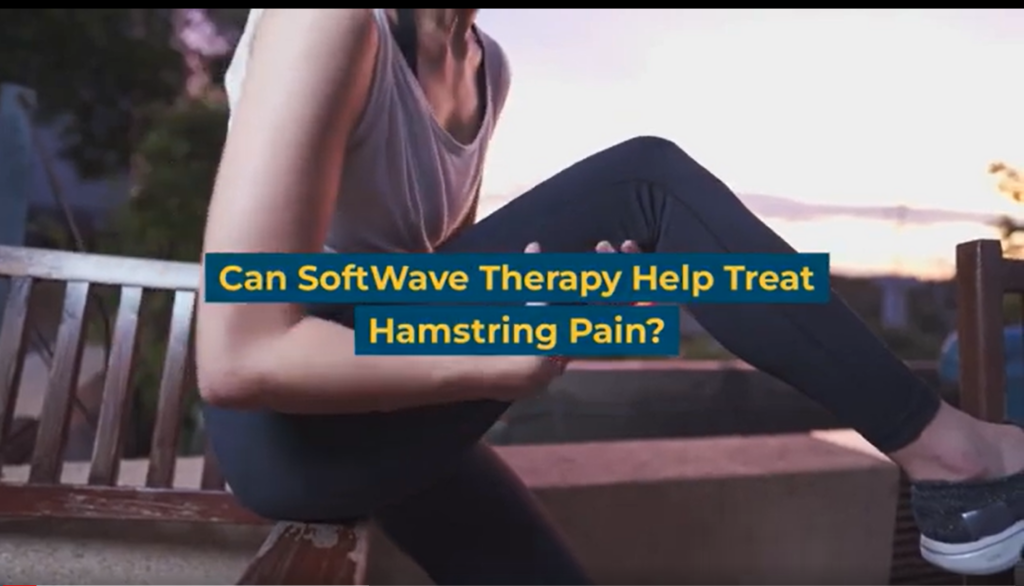Understanding Venous Insufficiency
Venous insufficiency is a medical condition that occurs when the veins in the legs do not function properly and have difficulty returning blood to the heart. The valves in the veins may become damaged or weakened, which leads to the backflow of blood and the pooling of blood in the legs. Individuals who are overweight, pregnant, or have a family history of the condition are more prone to developing venous insufficiency. It is also more common as people age.
The symptoms of venous insufficiency can range from mild to severe and may include swelling in the legs or ankles, pain, itching, skin discoloration, and varicose veins. If left untreated, venous insufficiency can lead to complications such as skin ulcers and blood clots.
Traditional Treatments for Venous Insufficiency
Traditional treatments for venous insufficiency include compression stockings, lifestyle changes, and surgery. Compression stockings work by applying pressure to the legs, which helps to improve blood flow. Lifestyle changes such as exercise and weight loss can also improve symptoms. In some cases, surgery may be necessary to remove damaged veins.
Treating Venous Insufficiency with SoftWave Therapy: What is It & How Does It Work?
SoftWave Therapy is a non-invasive treatment that utilizes low-intensity shockwaves to promote the growth of new blood vessels, improving blood flow and reducing inflammation. This approach stimulates angiogenesis, a natural healing process critical for repairing damaged tissue and restoring blood flow. SoftWave Therapy is particularly effective in treating venous insufficiency, where damaged veins prevent efficient blood flow, resulting in painful symptoms such as swelling and skin discoloration.
The SoftWave device is applied to the affected area during the treatment, directing the shockwaves precisely at the damaged veins. These shockwaves penetrate deep into the tissue, triggering a healing response that stimulates the growth of new blood vessels, improves blood flow, and reduces inflammation.
Benefits of SoftWave Therapy for Venous Insufficiency
SoftWave therapy offers several benefits for patients with venous insufficiency. Firstly, it is a non-invasive and painless treatment option. Patients do not have to undergo surgery or experience significant discomfort during the SoftWave therapy treatment.
Secondly, SoftWave therapy requires little to no downtime. Patients can resume their daily activities immediately following the treatment without any restrictions, making it a convenient option for those with busy schedules.
Finally, SoftWave therapy offers convenience for patients who prefer a non-surgical and non-pharmaceutical approach to treating venous insufficiency. It is a safe and effective option that allows patients to avoid the potential risks and complications associated with traditional treatments such as compression stockings, medications, or surgery. Overall, SoftWave therapy can provide patients with an excellent treatment option for venous insufficiency that is safe, effective, and convenient.
Try SoftWave Therapy for Venous Insufficiency Today
If you are suffering from venous insufficiency, SoftWave Therapy may be a promising treatment option for you. Contact our SoftWave therapy providers to know whether you are a good candidate for this treatment. With its many benefits, SoftWave Therapy may be just what you need to improve your quality of life and return to the activities you enjoy.
Disclaimer: The information provided in this blog is for educational and informational purposes only and is not intended as a substitute for professional medical advice, diagnosis, or treatment. The content provided in this blog should not be used to diagnose or treat any health problems or illnesses. Always consult with a qualified healthcare professional before making any changes to your healthcare routine or treatment plan.




